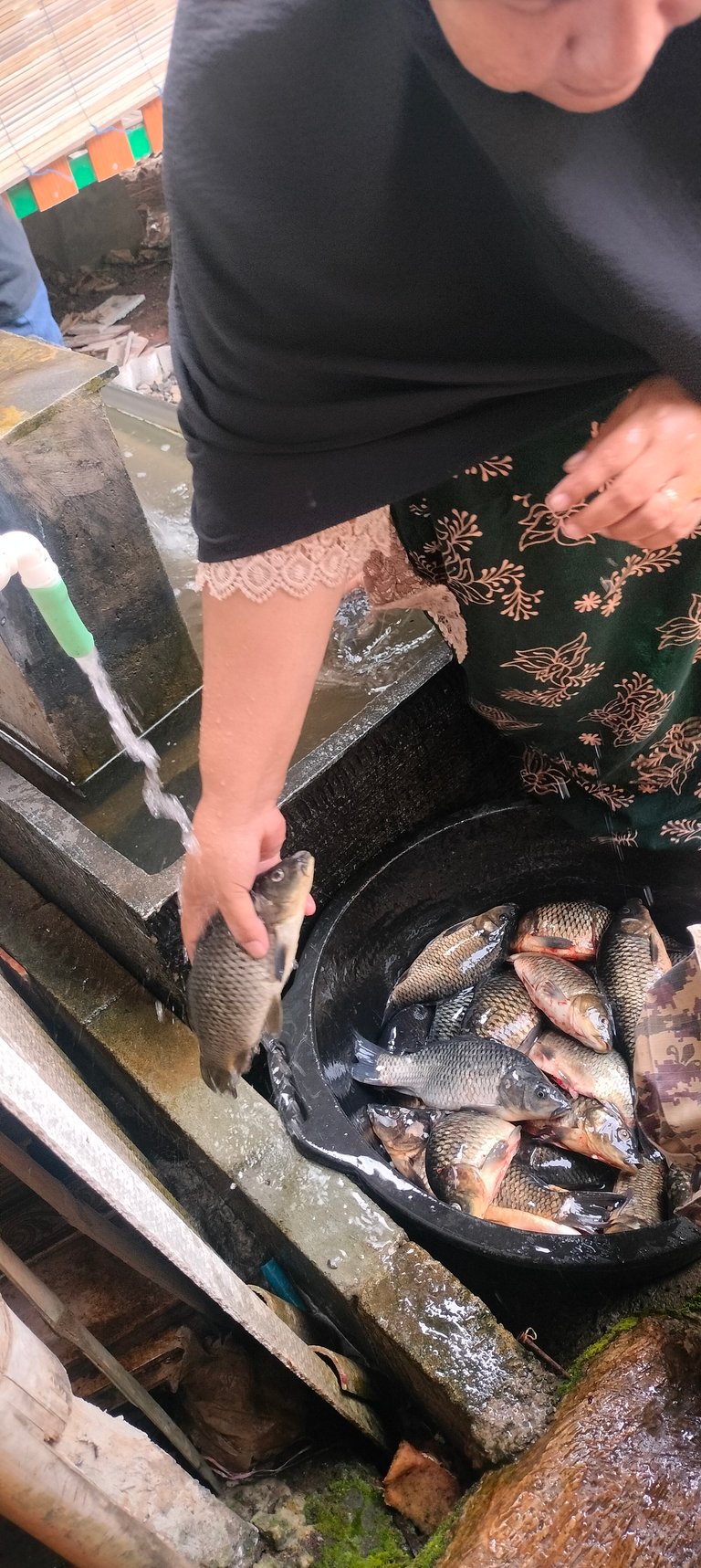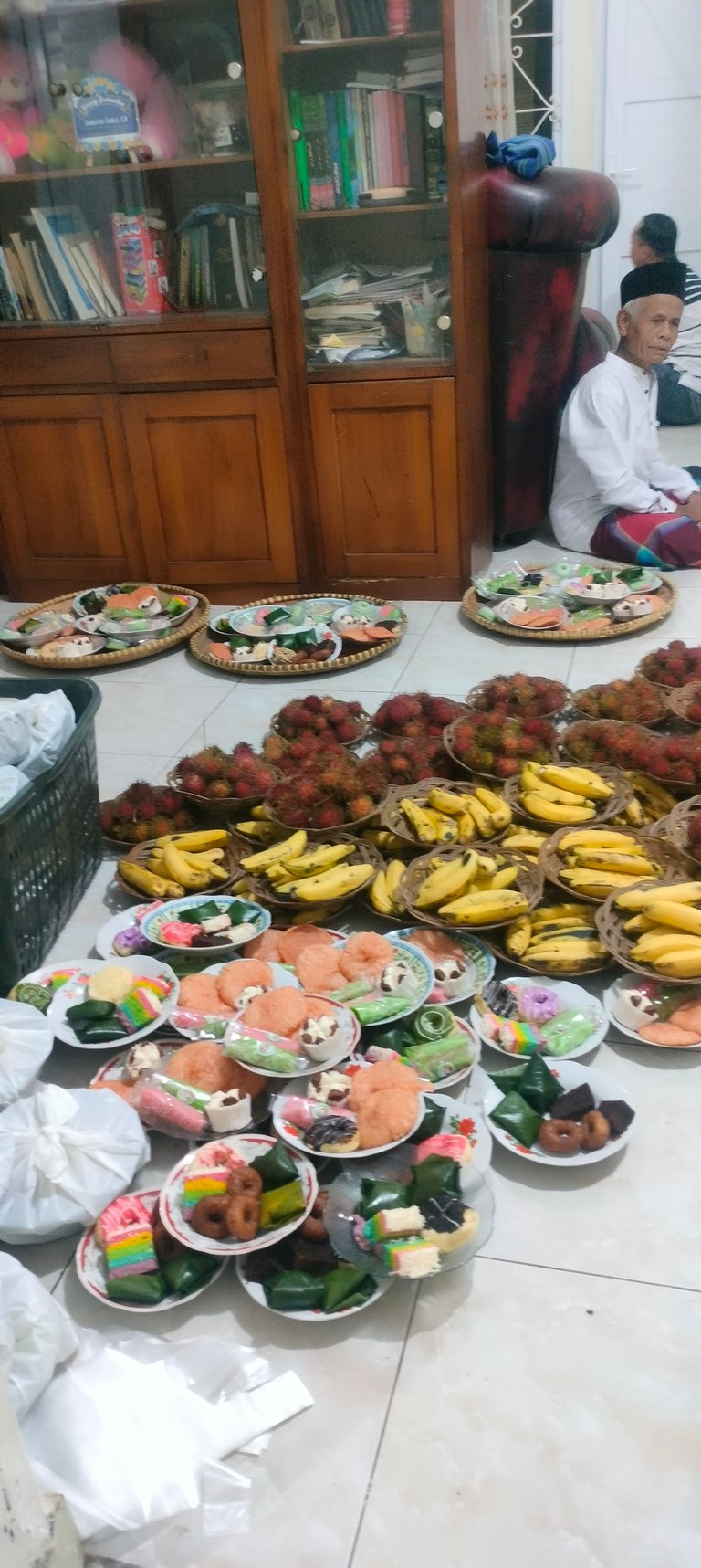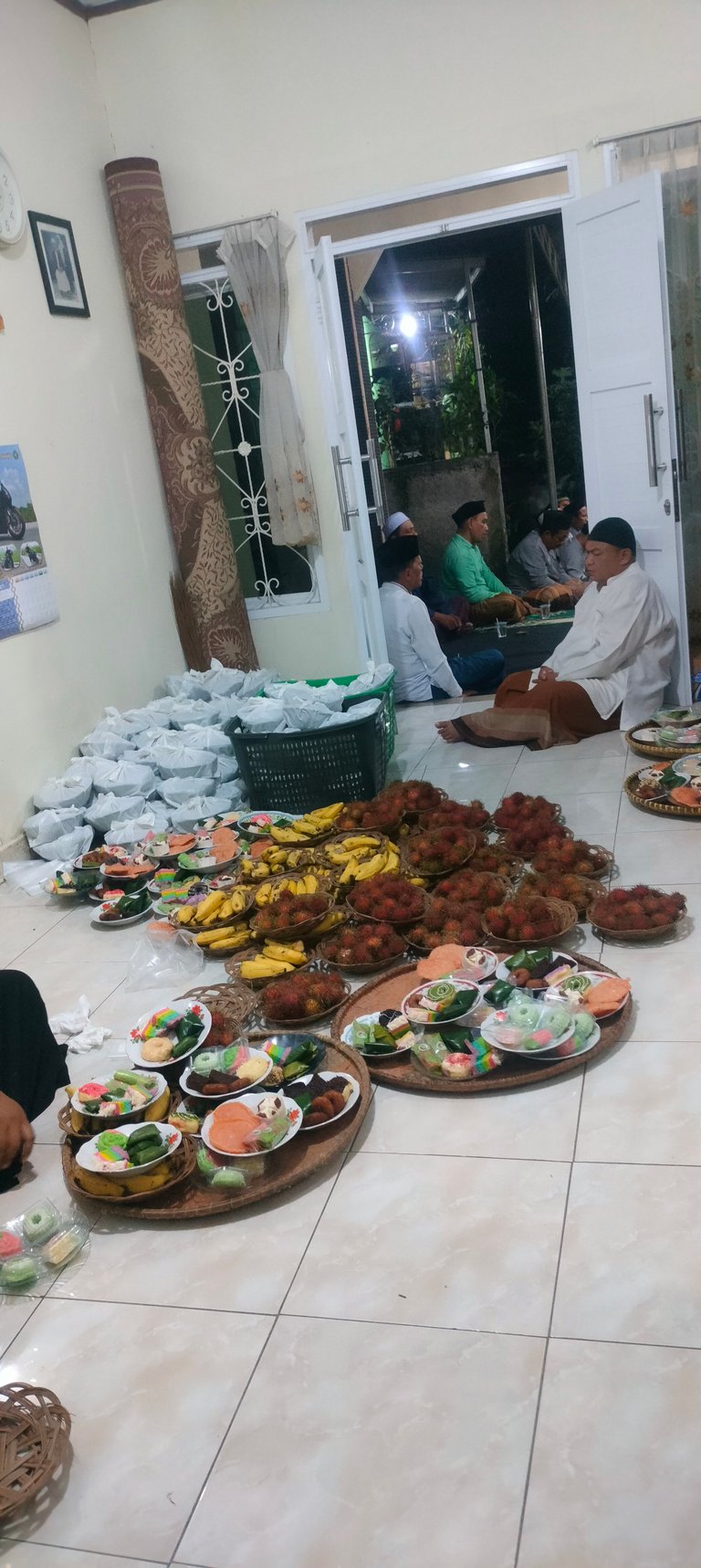There are various ways people do things with the aim of making other people happy, including making people happy who have died according to the knowledge and customs found in an area. In this post I want to share information about a tradition that has existed for a long time and to this day this tradition is still carried out by our community. This tradition in my village is called the 3rd day of Tahlilan.

Before I provide more detailed information, you need to know that the tahlilan tradition is a way for community members, especially families, to send prayers for someone who has just died for 7 nights. But the 3rd and 7th nights were a little different from the other nights. These differences exist in the type of food served and the way community members care for bereaved families.


On the third night, usually those who are grieving have been busy since morning with cooking activities, helped by other residents, especially neighbors, in making various foods to be served later that evening during the tahlilan event. Neighbors and relatives also started arriving to help and brought various food supplies to be served tonight. Everyone is busy processing and preparing food to be served during the tahlilan. All food served by the bereaved family will be distributed to the people present at the tahlilan. All the food given to the people present at the tahlilan is intended by the bereaved family as good deeds for the deceased (the person who recently passed away.




On the third night of the tahlilan, all the family and other community members attend the funeral parlor to offer prayers for the good of the deceased. The grieving family believes that the prayers of the people present will be answered so that the deceased will get the heaven that God has given.




These are the traditional methods of the 3rd night tahlilan that have existed and been entrenched in our society for generations until now. This is a good tradition that is maintained by all members of the community as a form of devotion and doing good to people who have died. This tradition also shows an attitude of caring and a sense of togetherness.
Sending Love and Ecency Curation Vote!
 Follow Eceny's curation trail to earn better APR on your own HP. : )
Follow Eceny's curation trail to earn better APR on your own HP. : )